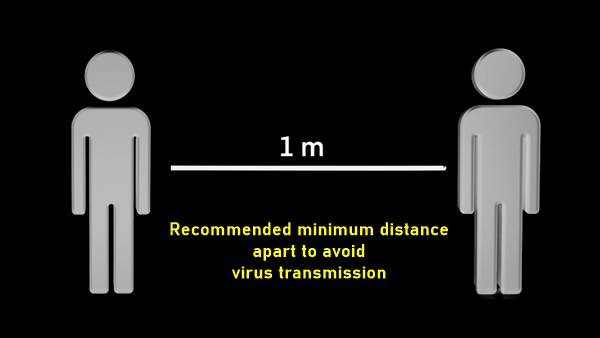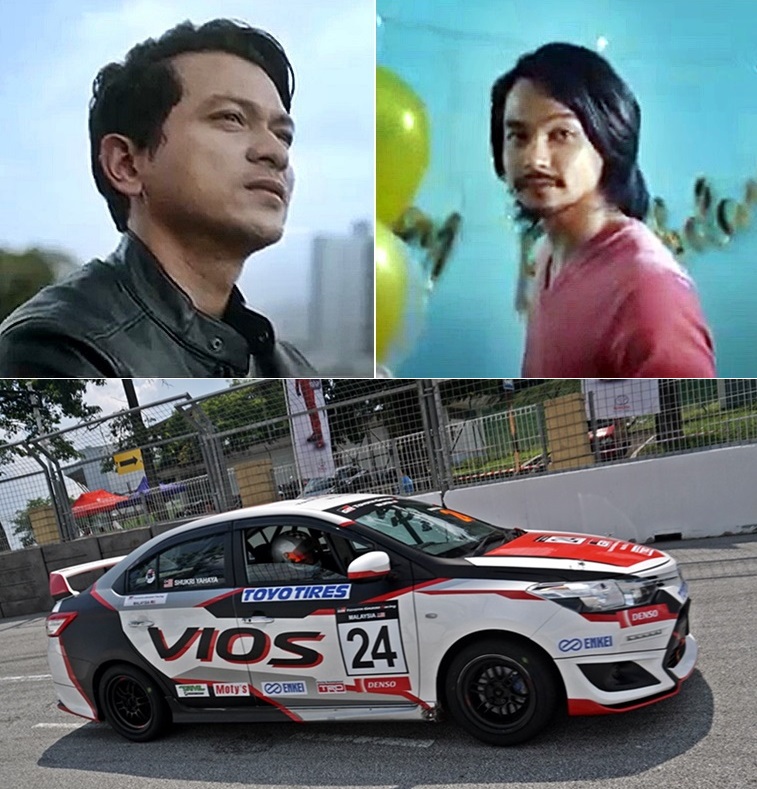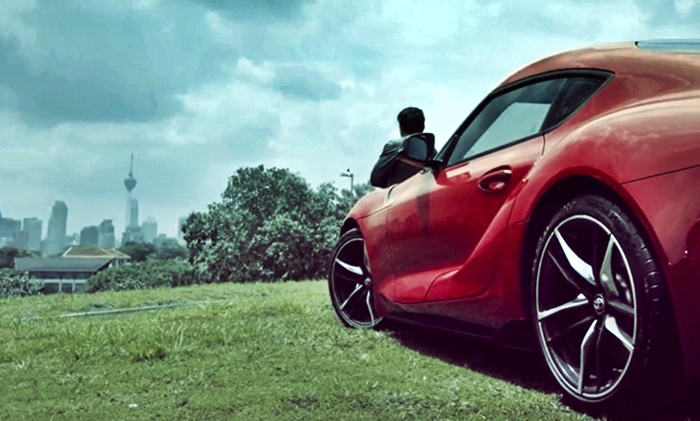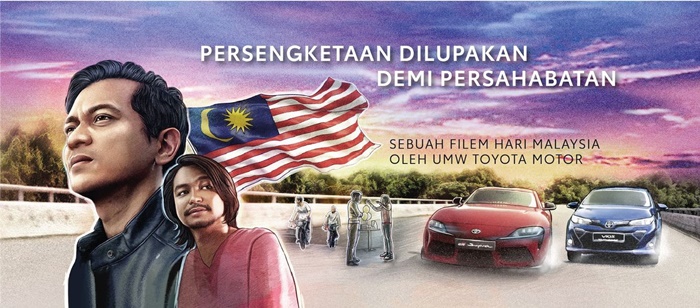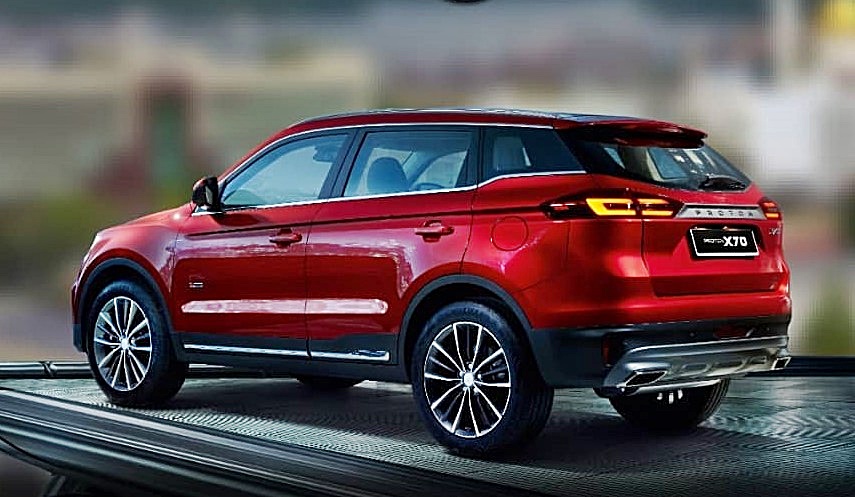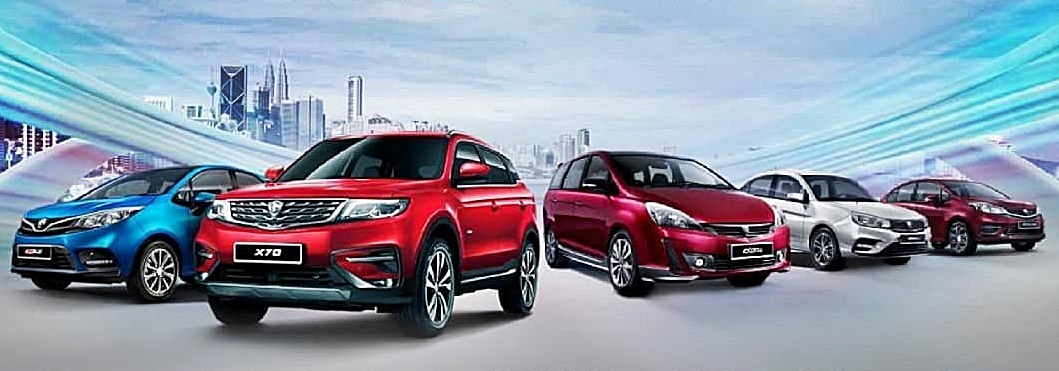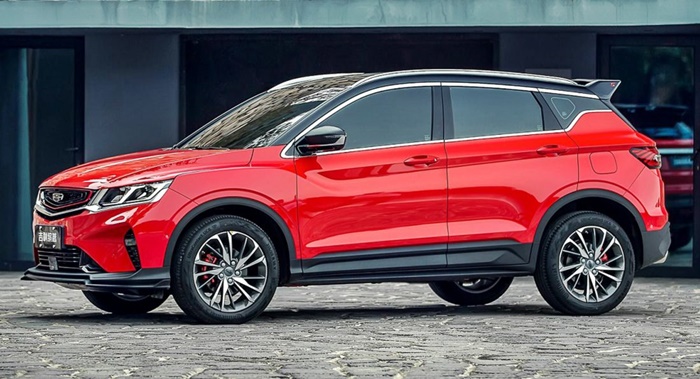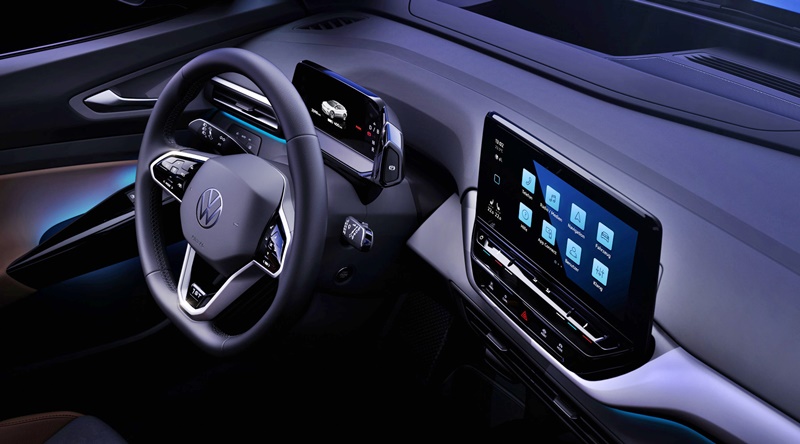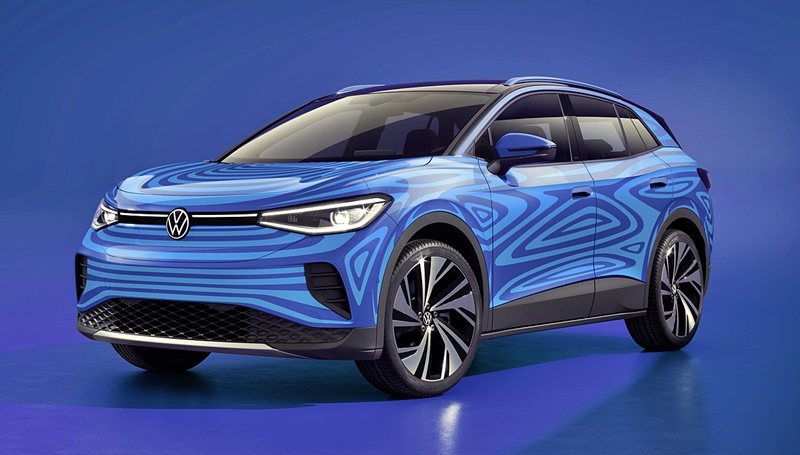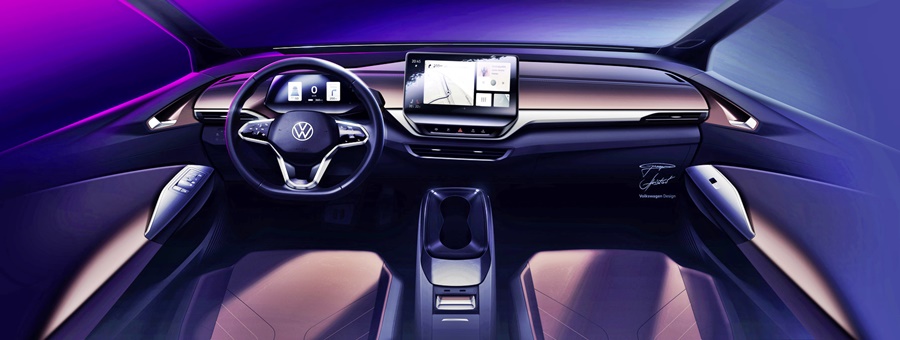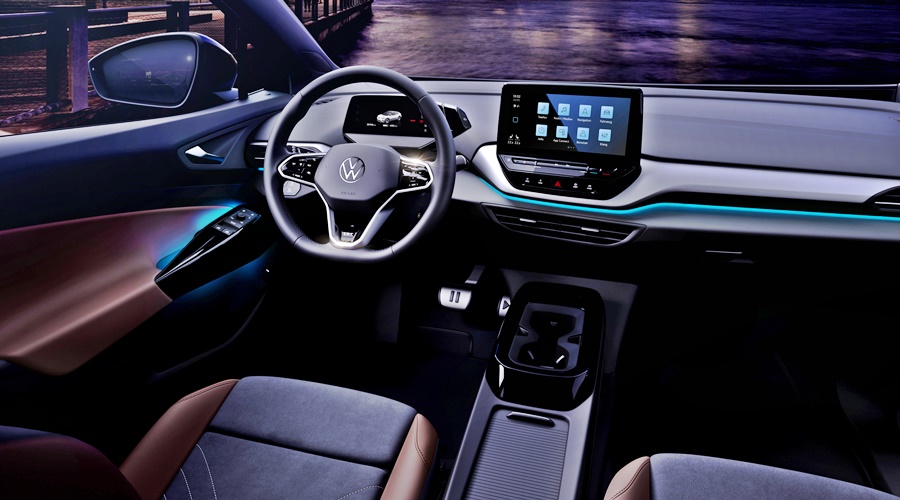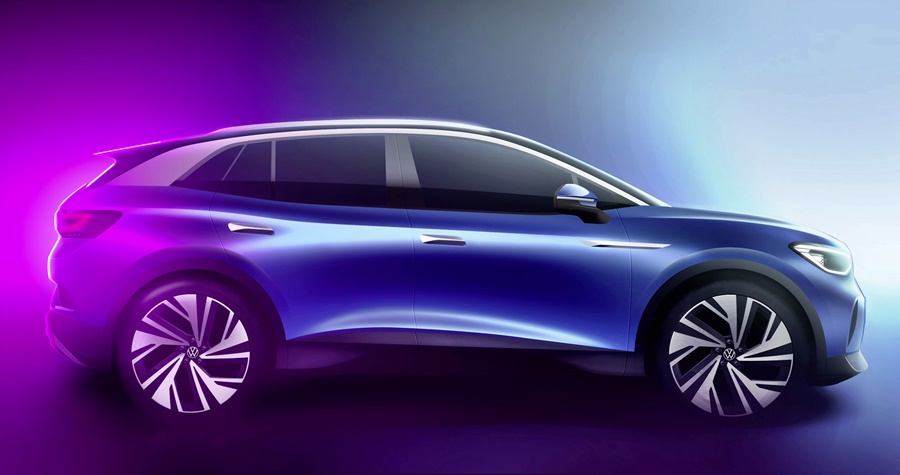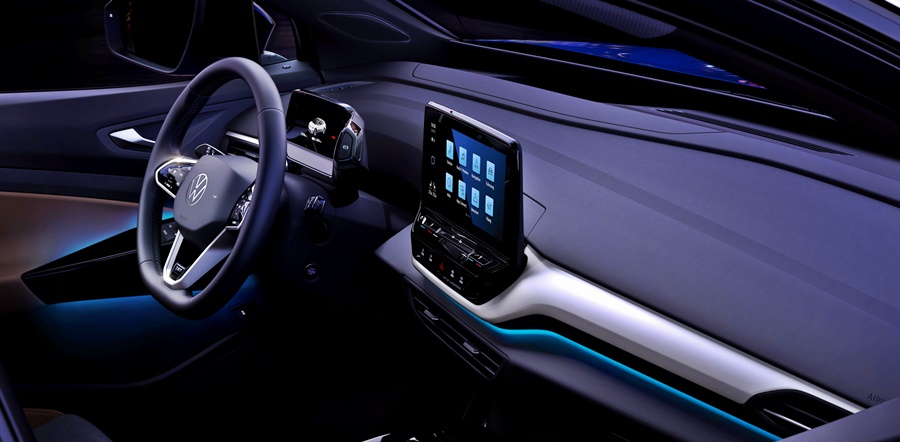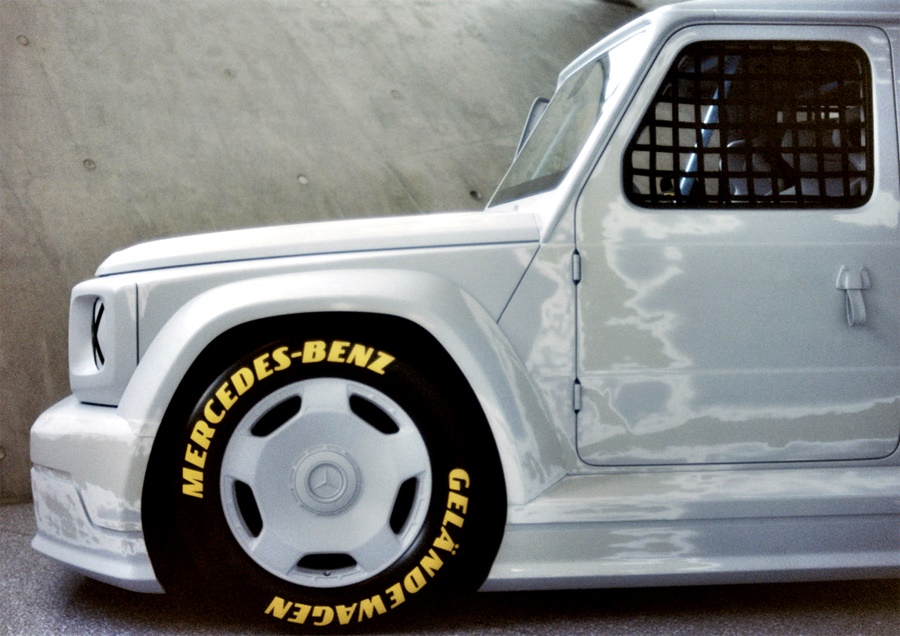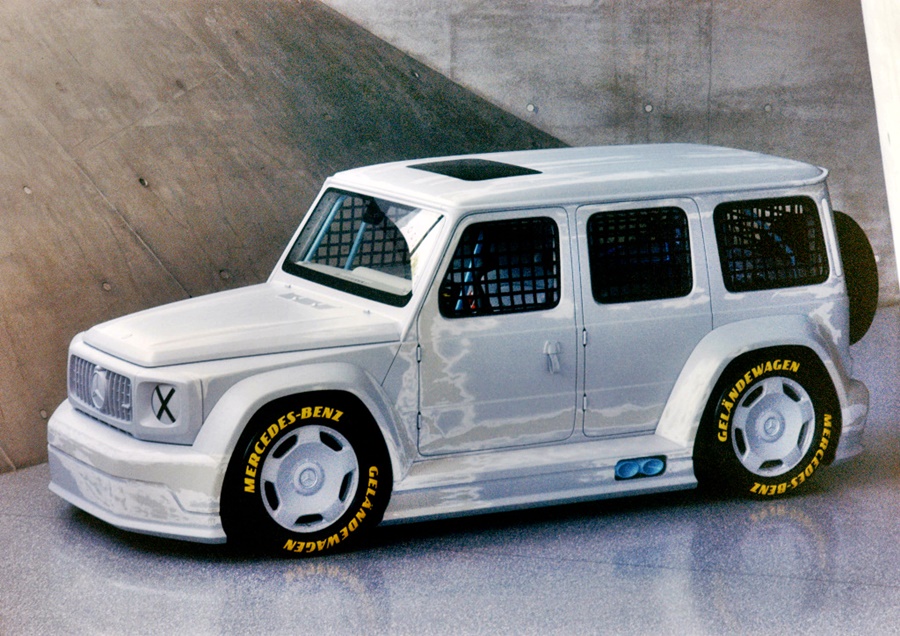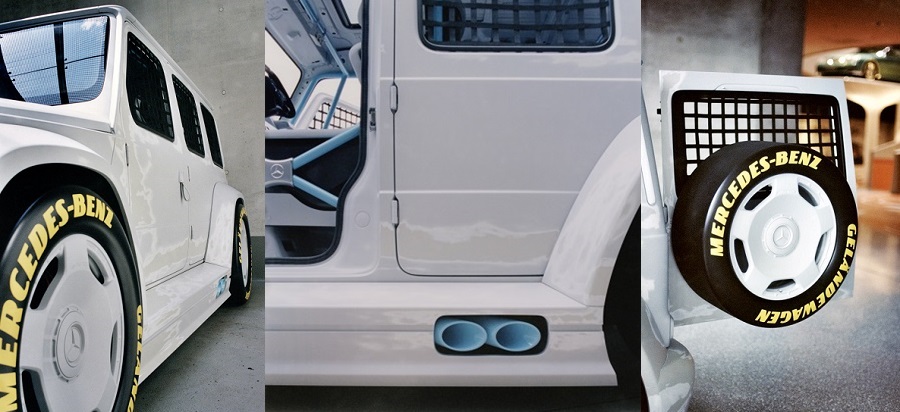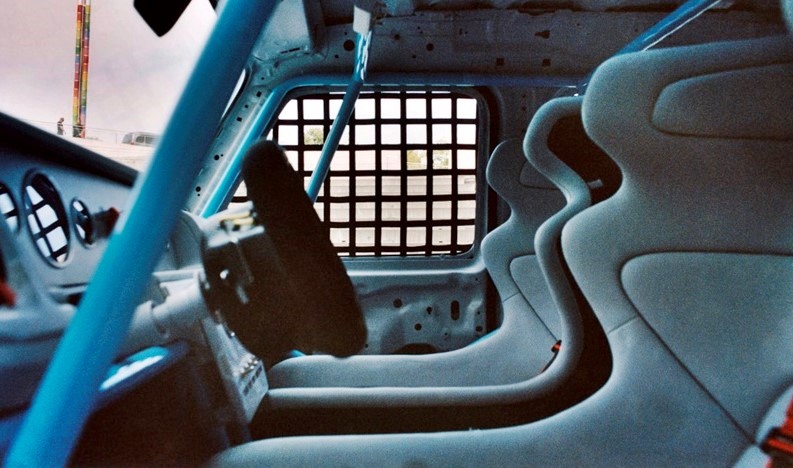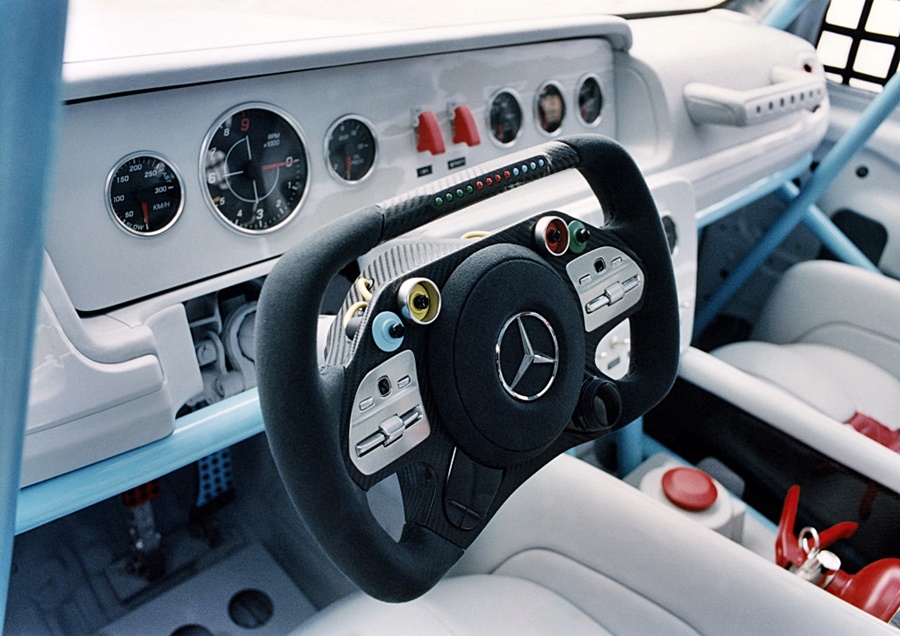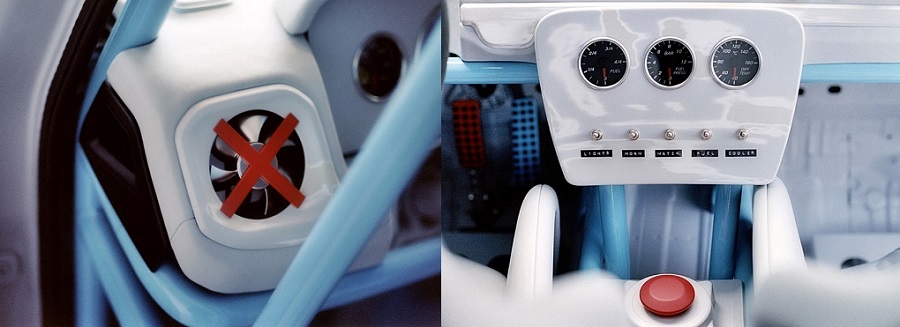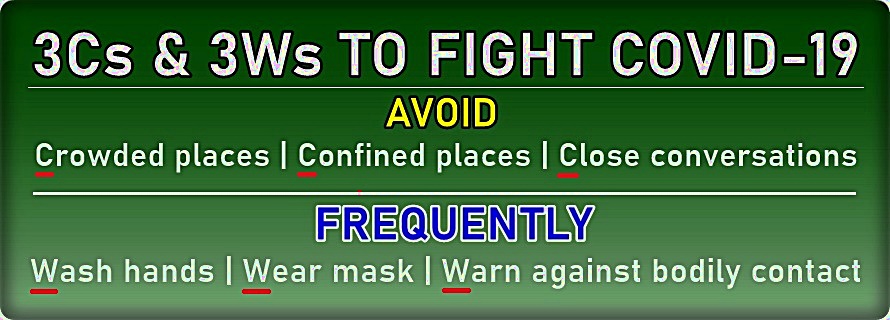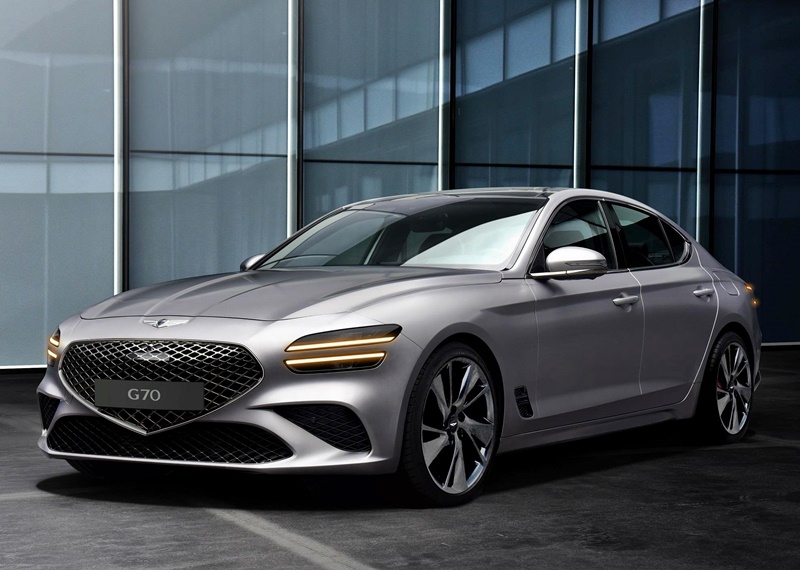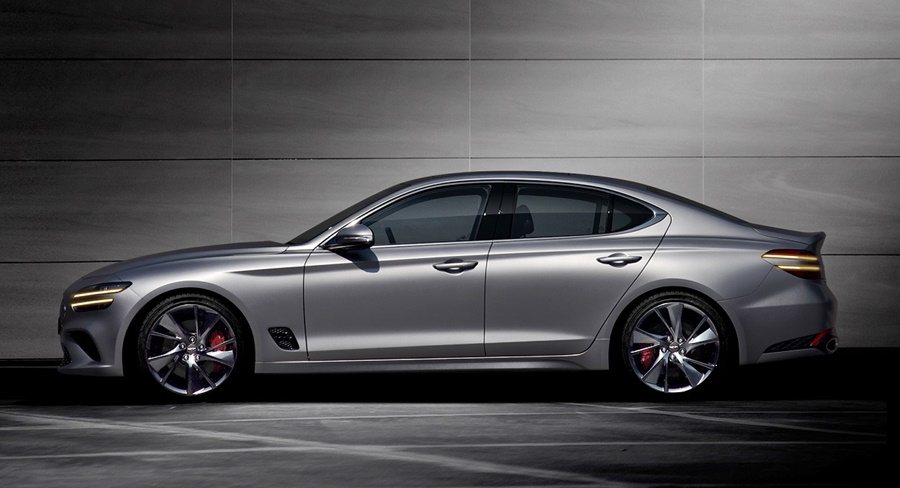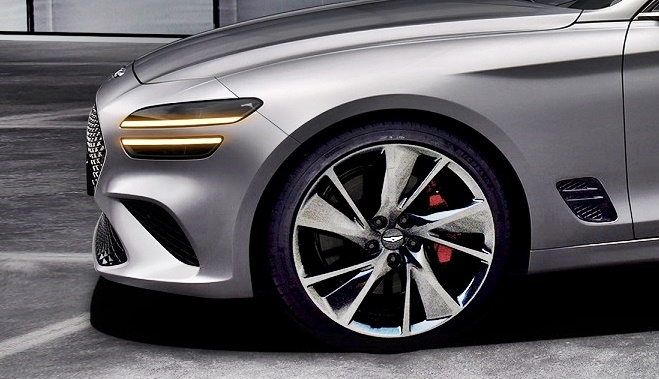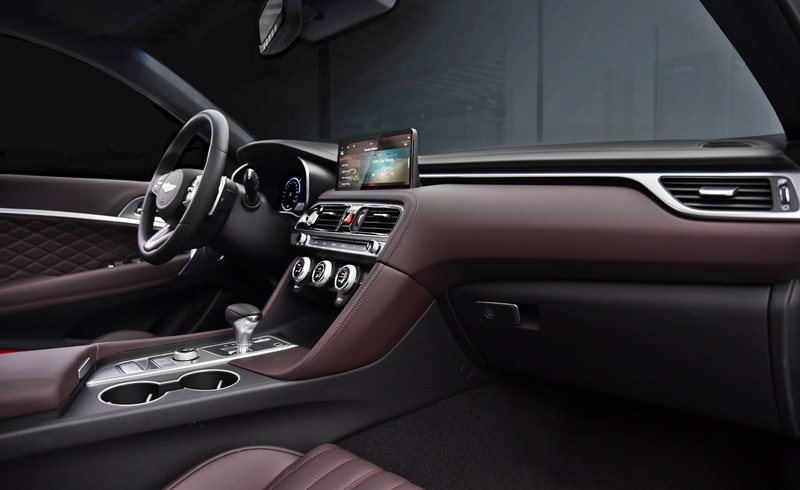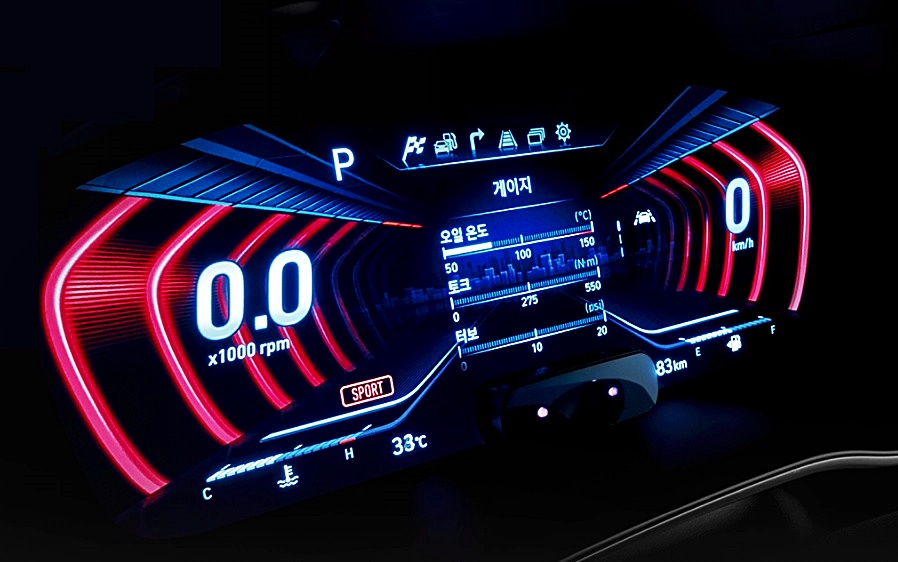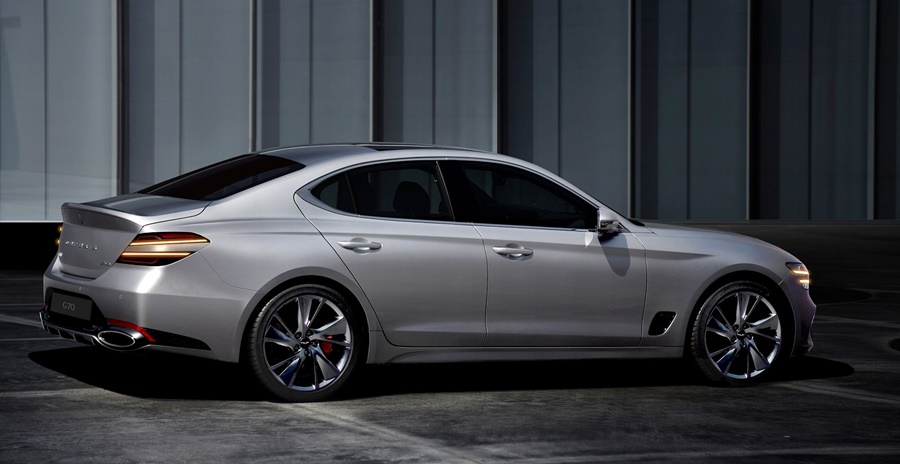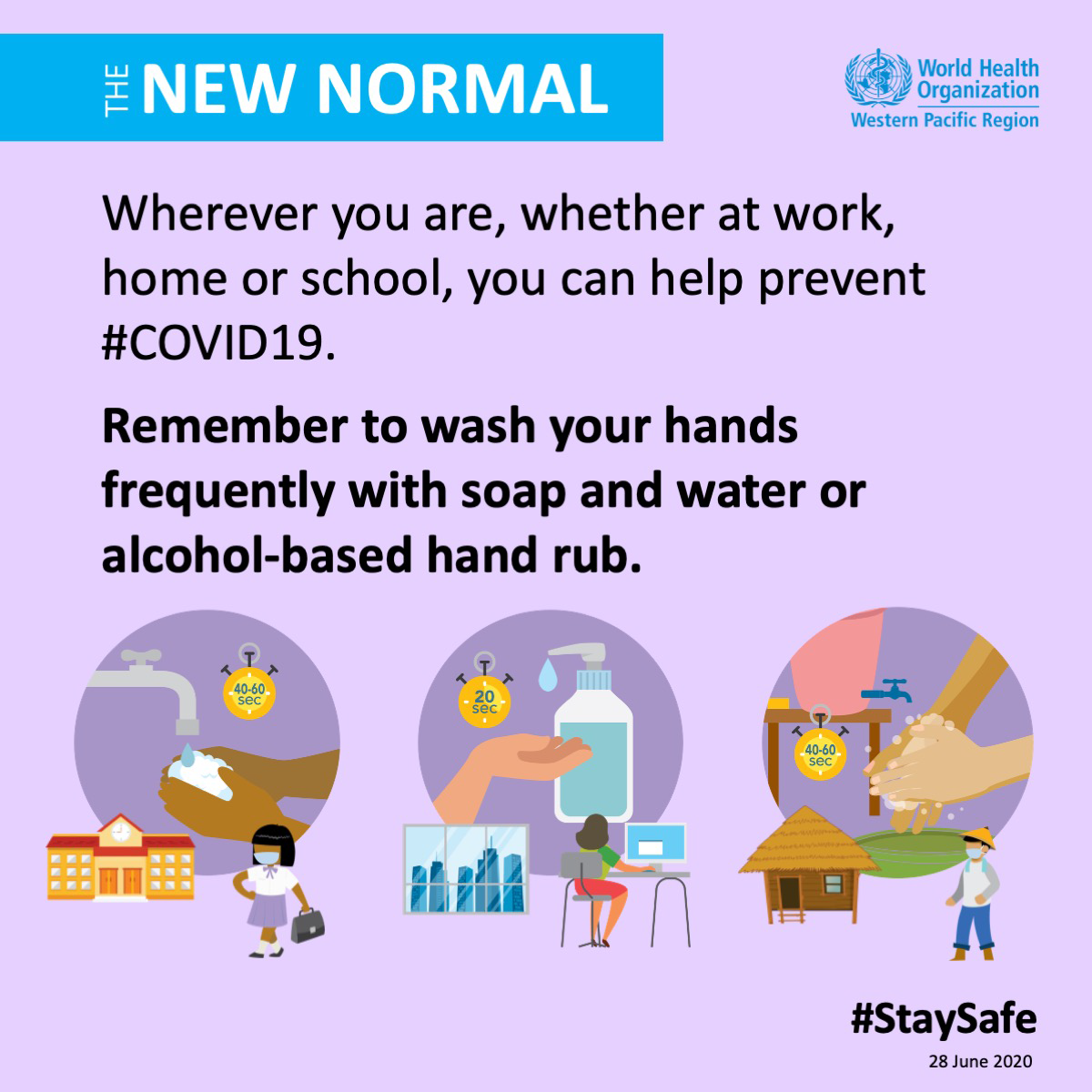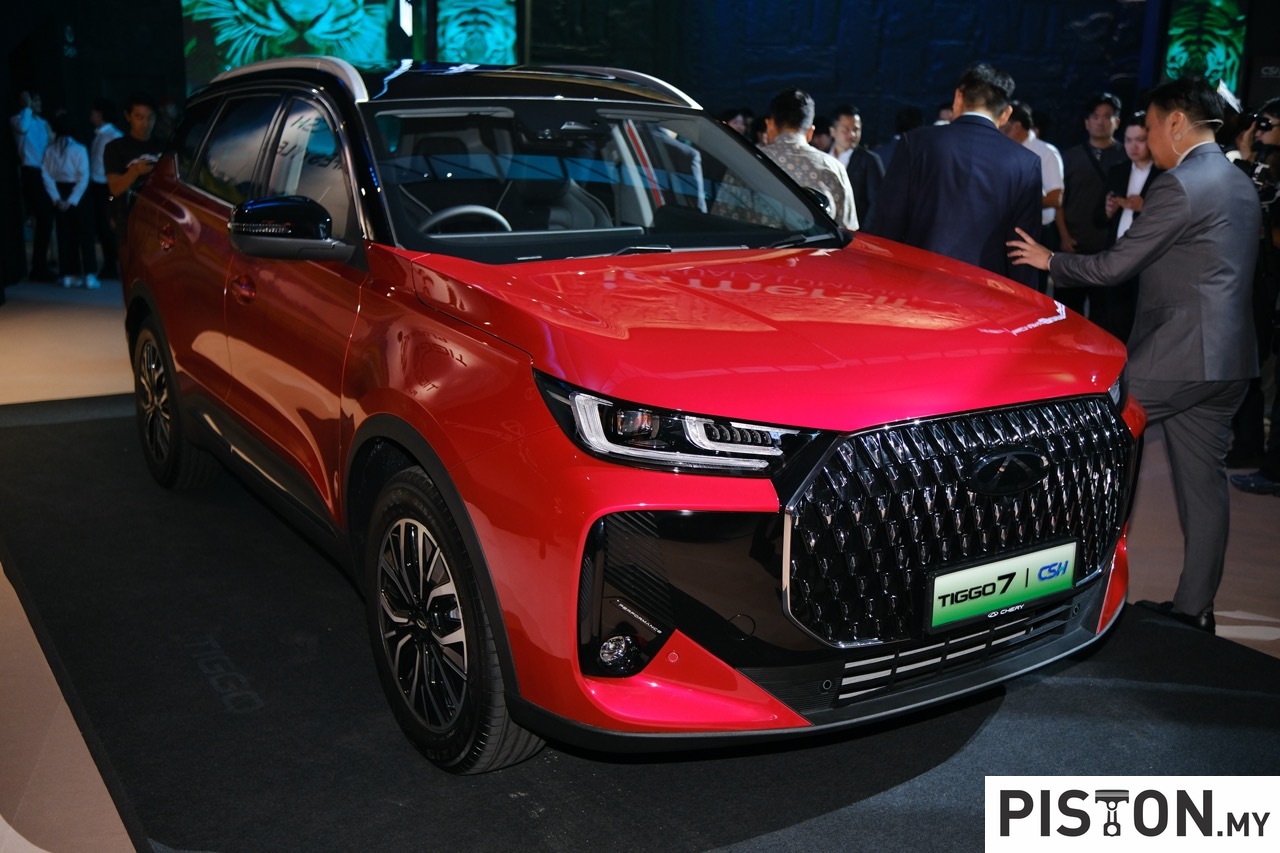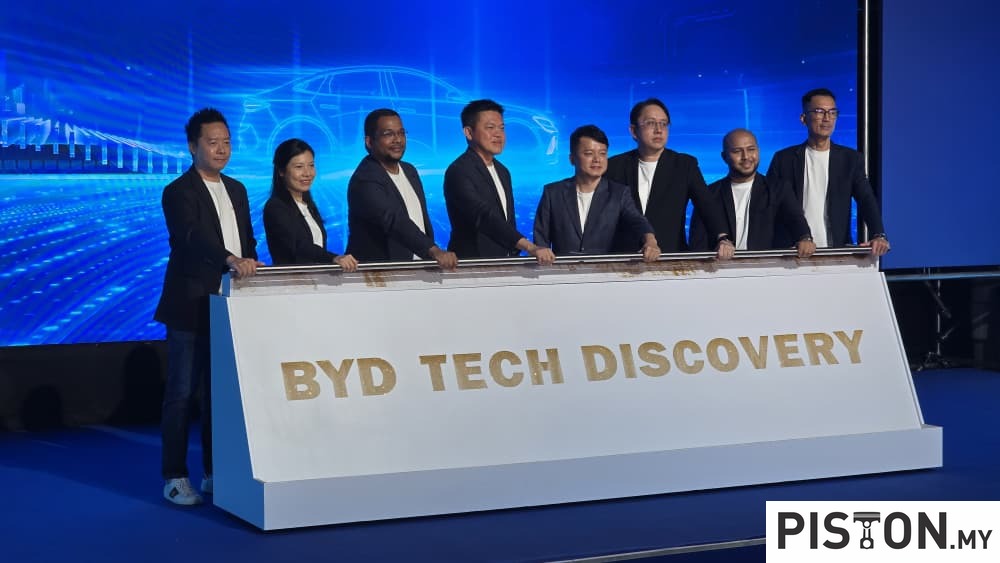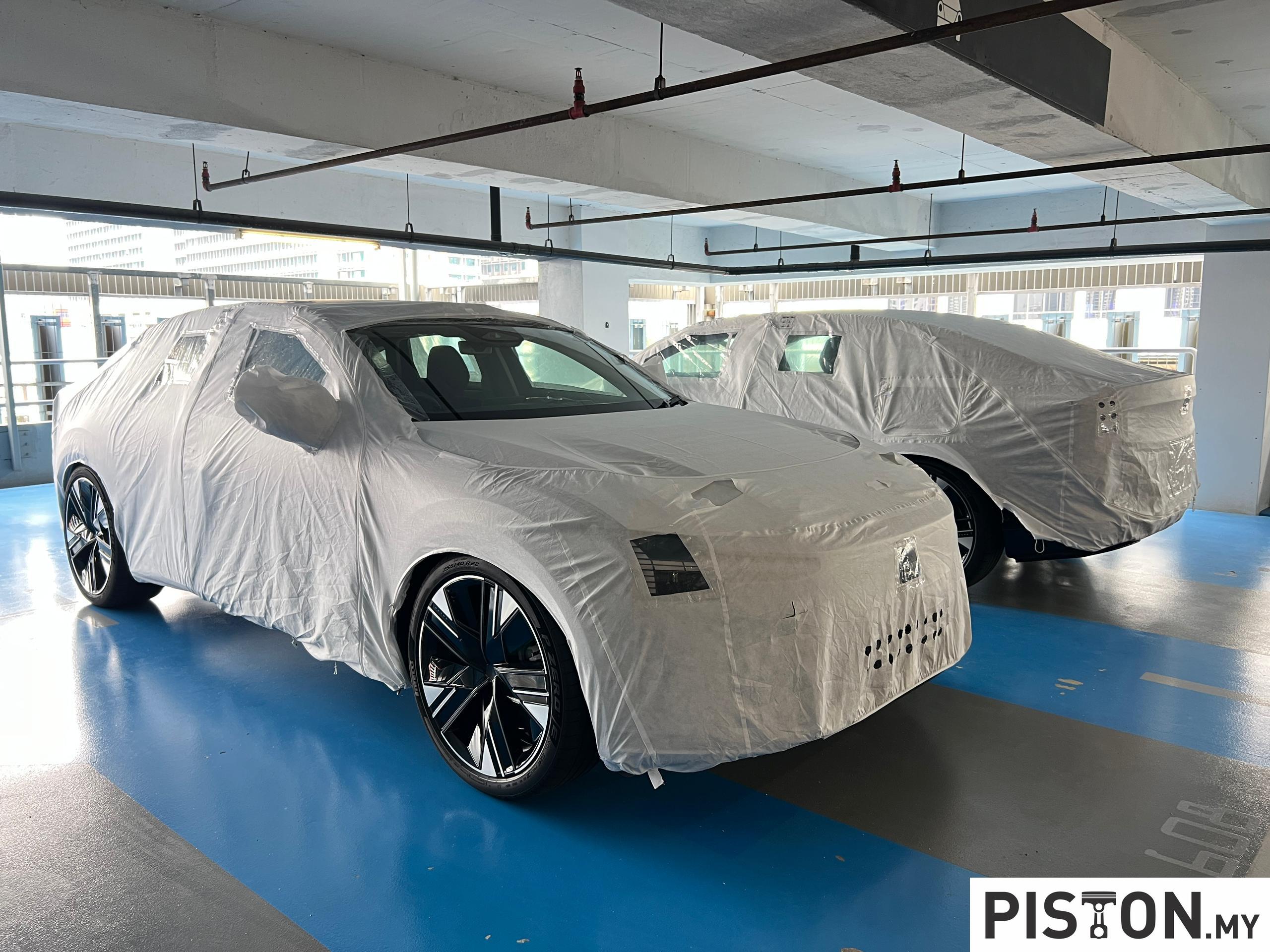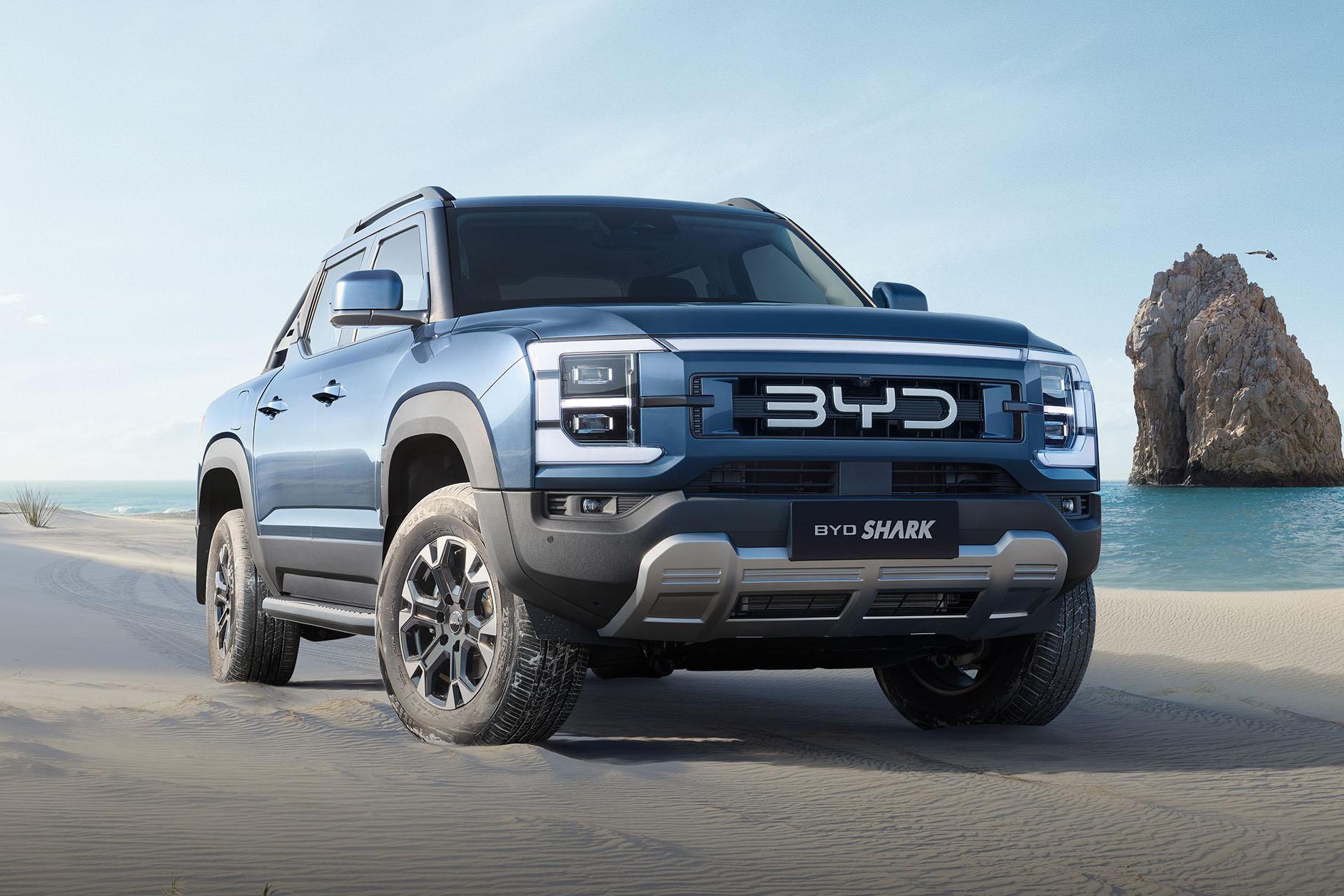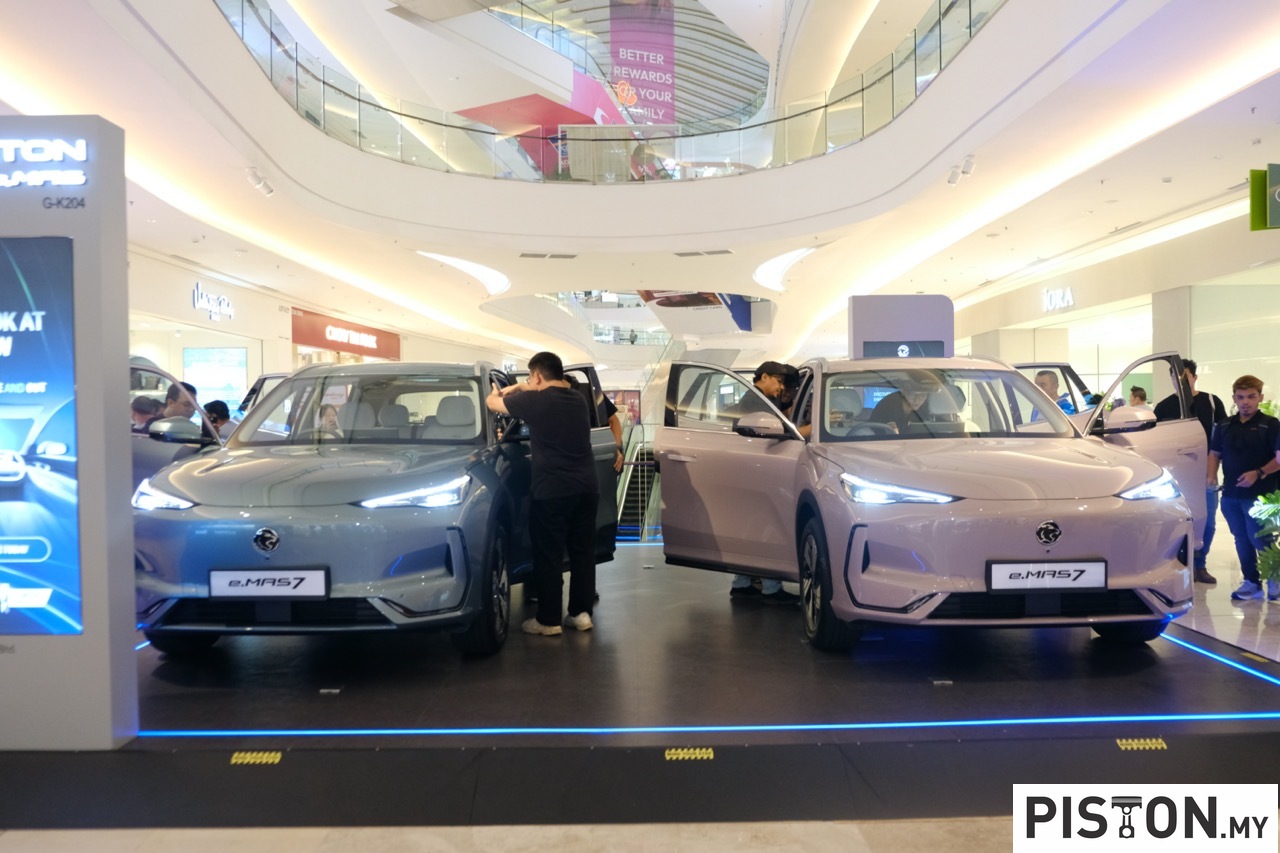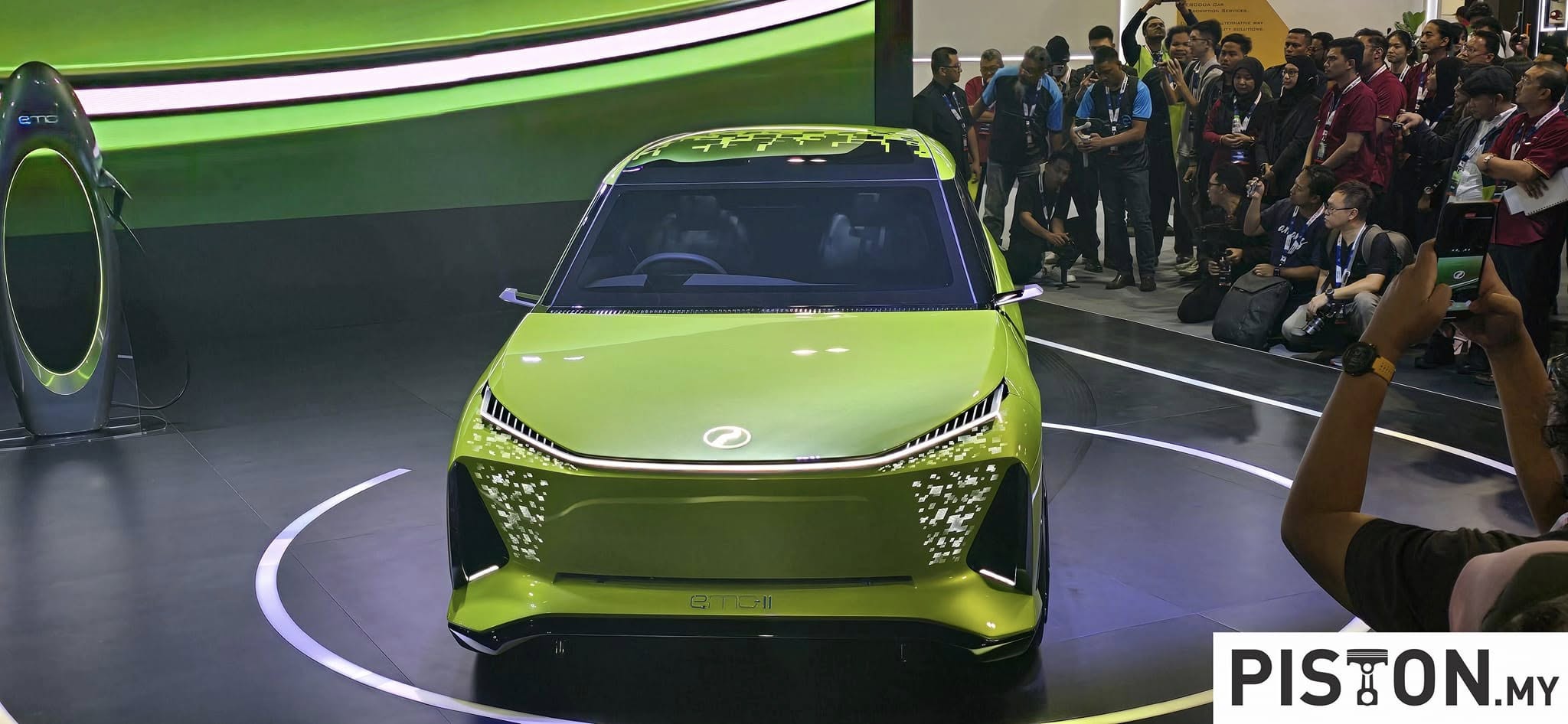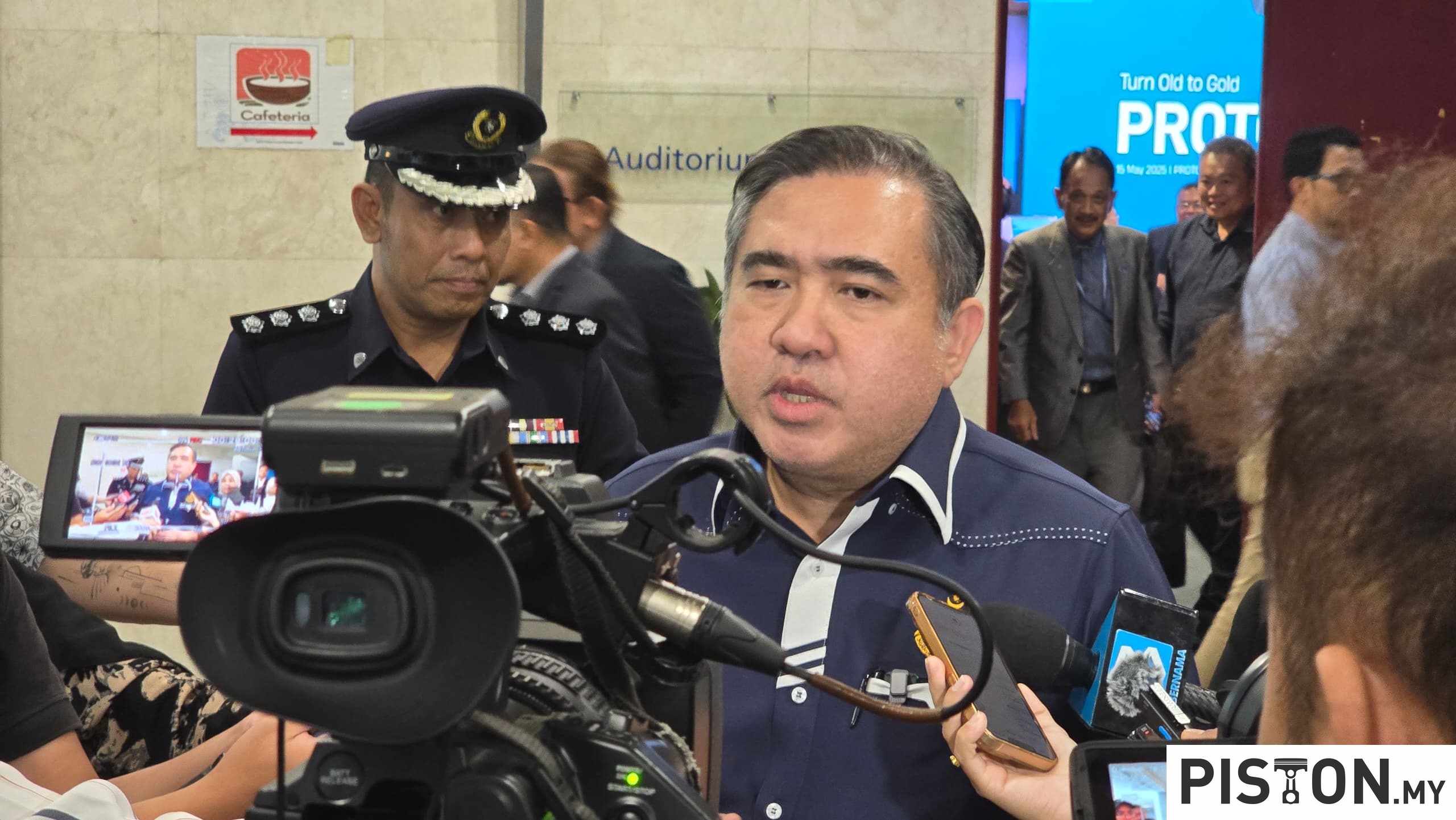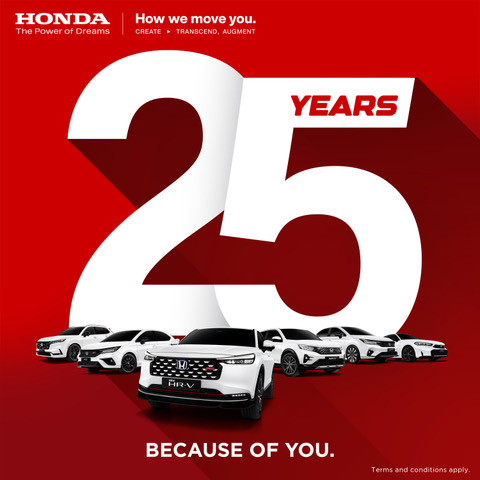The last time Maserati had a true supercar was 15 years ago and that was the MC12 (which was largely a Ferrari Enzo derivative). Since then, its range has been aging and declining sales have diminished revenues to fund new product development. But the downhill slide has been arrested and the Italian brand with a history of over 100 years is preparing for a renaissance with an all-new model – the MC20.
All-new engine by Maserati
Unlike the MC12, the new MC20 (which stands for ‘Maserati Corse’ and ‘2020’) has been developed almost entirely by Maserati and this includes its engine, which it also makes in-house. The 3-litre 90-degree V6 engine, called Nettuno, is a brand new power unit which generates 630 bhp – coincidentally almost the same as what the MC12 produced. However, this output, along with 730 Nm of torque has been achieved with half the number of cylinders and cubic centimetres.
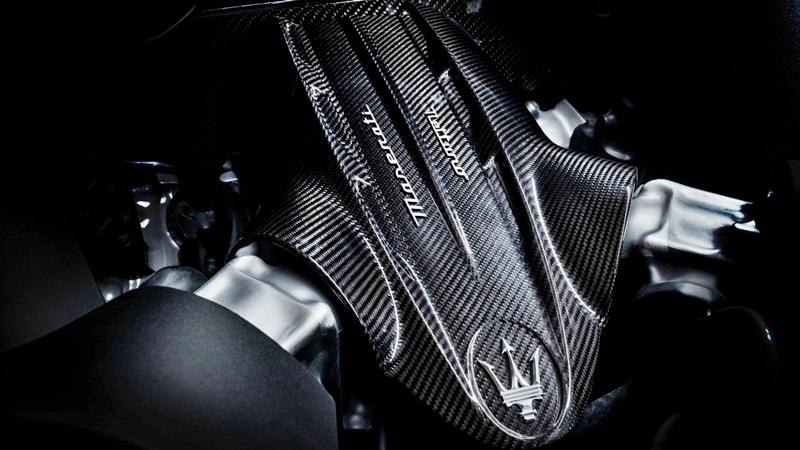
The achievement is due in a large part to using twin turbochargers as well as Maserati Twin Combustion (MTC), an approach which increases combustion efficiency by using a pre-combustion chamber with twin spark plugs. The concept has so far been used only in F1 engines so this is another example of F1 technology being transferred to a road car.
Power delivery to the rear wheels passes through an 8-speed, dual-clutch transmission and a mechanically locking rear differential (an electronic differential is available as an option). From the moment the power is transferred to the road, it takes a claimed 2.9 seconds to reach 100 km/h, another 5.9 seconds to go past 200 km/h and top out at 325 km/h.
If the driver cares about fuel consumption at all, the claimed figure for lowest consumption is 10.4 kms/litre but most drivers would probably be burning fuel from the 60-litre tank at around 5 kms/litre.

Electrification-ready platform
The 1,500 kg MC20 has a carbonfibre monocoque tub enclosed by a lightweight carbonfibre and aluminium coupe bodystyle which will, in due course, be accompanied by a convertible. The platform is also ready for electrification in future (probably in 2022) without requiring much structural alteration.
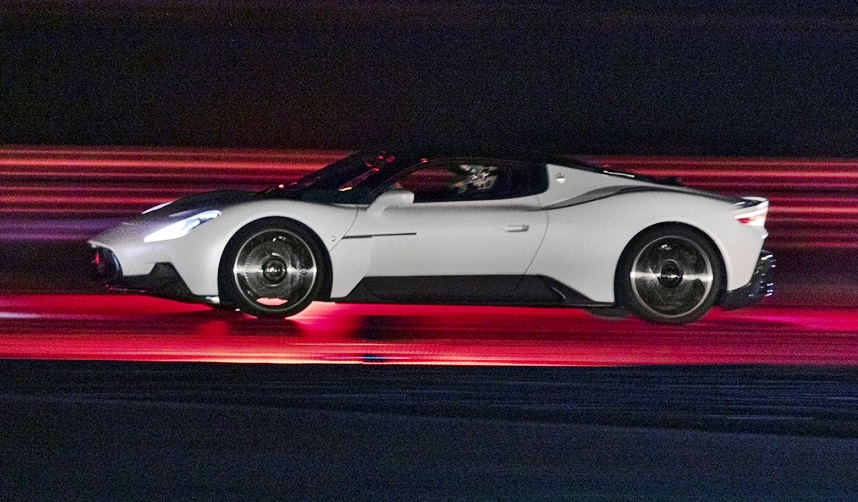
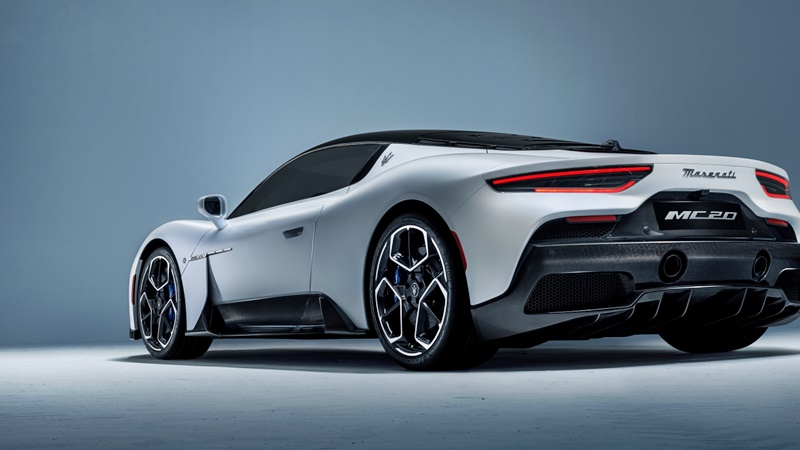
Aerodynamic efficiency was given a lot of attention and over 2,000 man-hours were spent in the wind tunnel with specialists from Dallara (the racing car team) refining and optimising the shape. More than a thousand Computational Fluid Dynamics simulations were also done and the resulting car has a sleek 0.38 Cd profile, with no mobile appendages. Only a discreet rear spoiler projects from the otherwise clean surfacing, providing the necessary downforce at high speeds.
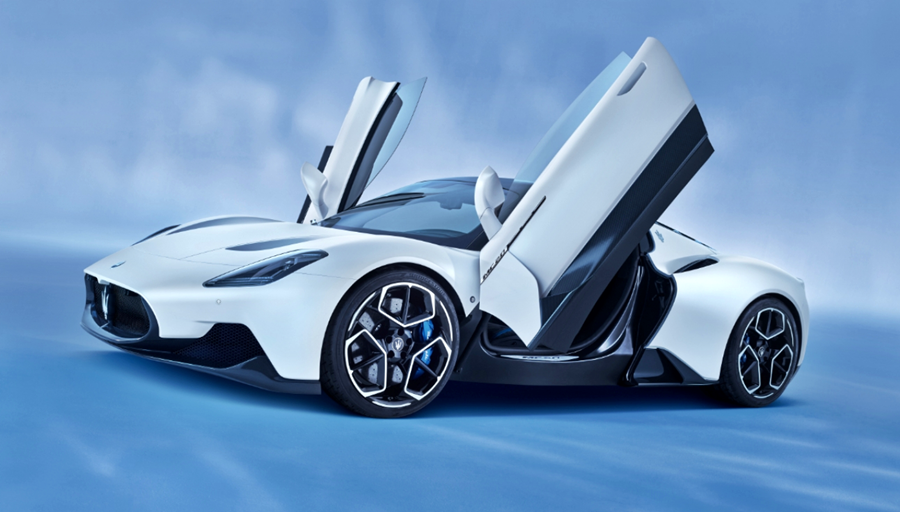
Cabin designed for sporty experience
The 2-seat cabin, accessed through ‘butterfly’ doors, is configured for sporty driving with the driver as the central element. A conscious effort has been made to keep everything simple and clean to minimise distractions. However, the driver is kept fully informed of what the car is doing at all times with two 10-inch screens that also enable management of functions.
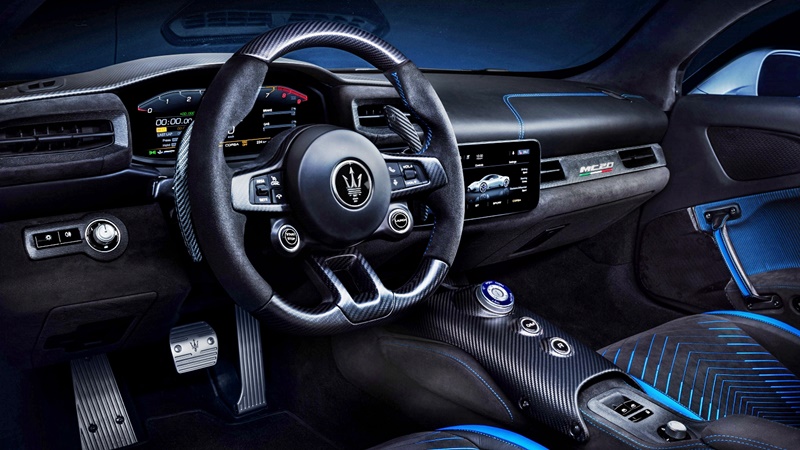
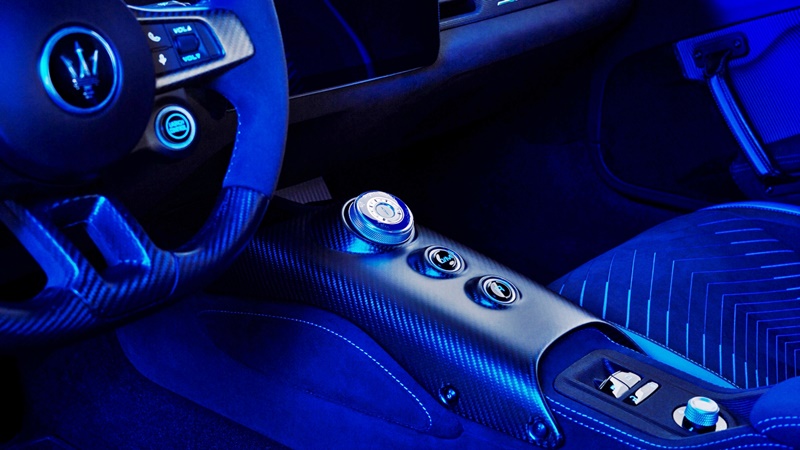
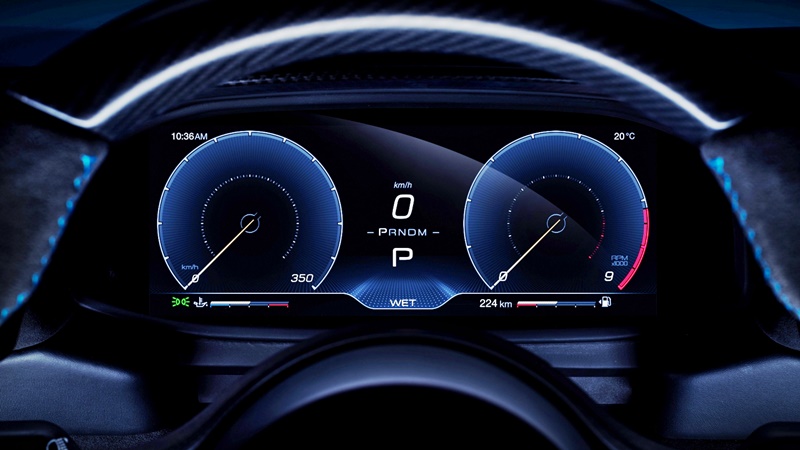
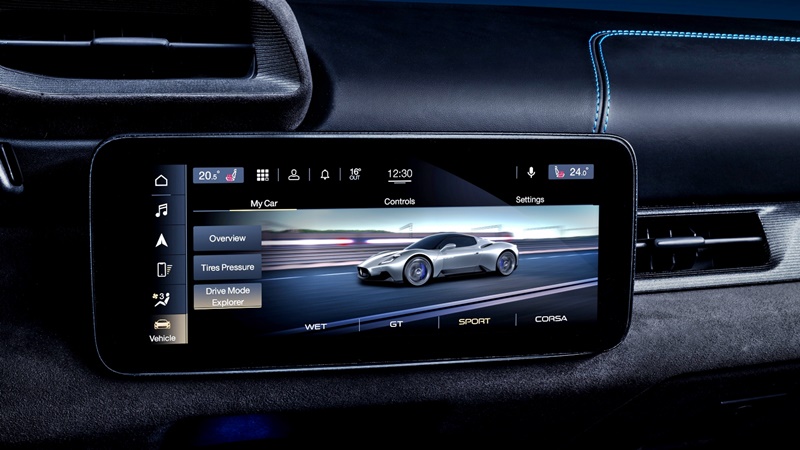
Simplicity is also evident in the carbonfibre-clad central console, which minimal features – a wireless smartphone charger pad, selector for 5 driving modes, 2 speed selection buttons, power window controls, Multimedia System controls, and a storage compartment. All other controls are on the steering wheel, with the ignition button on the left and the launch control on the right.
To stay connected to the outside world, the MC20 comes with the Maserati Connect program. This offers a full range of services that include connected navigation, Alexa and wifi hotspot. Maserati provides an app for interfacing with a smartphone or smartwatch.
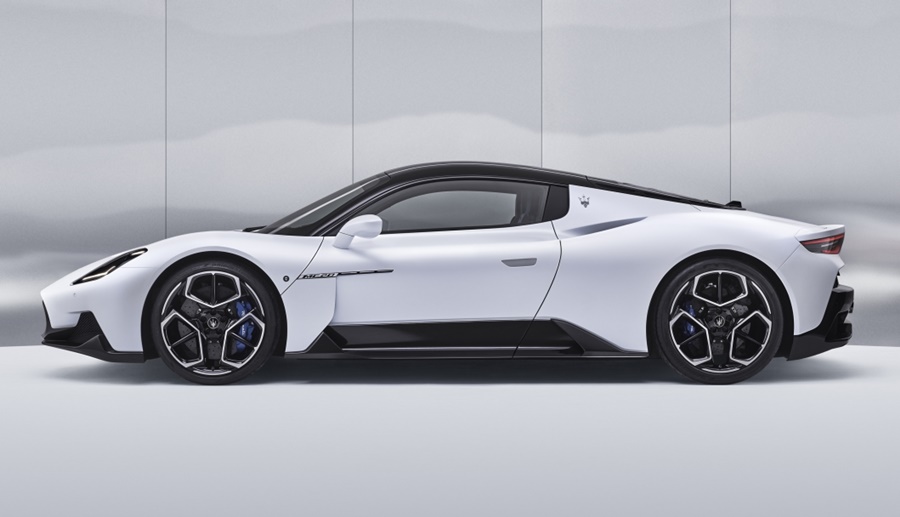
At launch, Maserati offers 6 colours to characterise the MC20: Bianco Audace, Giallo Genio, Rosso Vincente, Blu Infinito, Nero Enigma and Grigio Mistero. Each of them has been conceived exclusively for the new model with themes that relate to Maserati and Italy.
Return to motorsport
Both visually and conceptually, there are strong references to the MC12. In the same way as its predecessor, the MC20 is an indication of the brand’s return to motorsport. It will be built at Maserati’s plant where its cars have been built for more than 80 years.
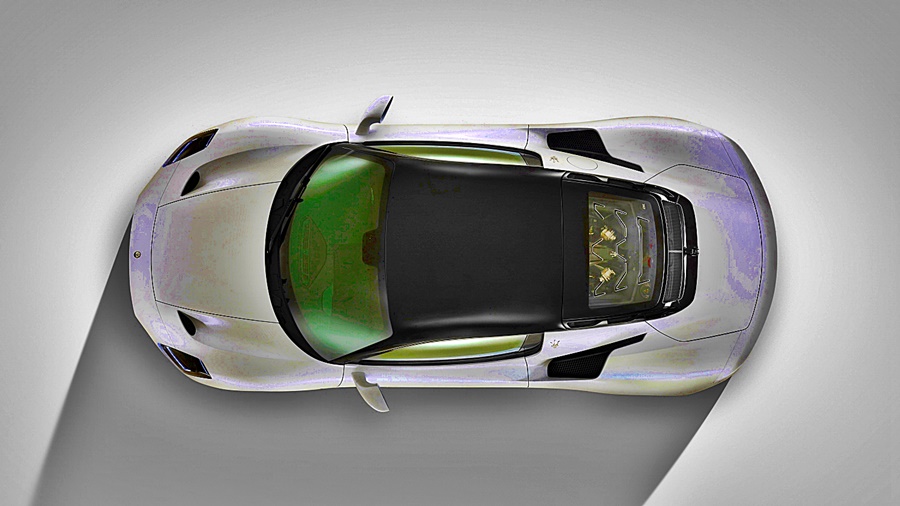
A new production line, created in the spaces where the GranTurismo and GranCabrio models were assembled until November 2019, will now be for the MC20. The site also has a new paintshop incorporating innovative, environment-friendly technologies. The Nettuno will also be built in Modena, at the newly established Maserati Engine Lab.
More accessible than the MC12
Only 50 units of the MC12 were ever made and they were very expensive. The MC20, however, will be available in larger numbers and at a more accessible price. Production starts at the end of this year with orders are now being accepted.
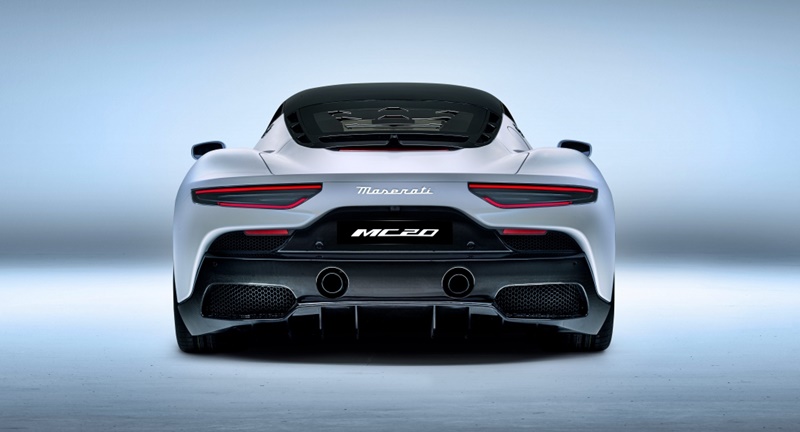
The launch of the MC20 marks the beginning of the new era for the company that has been involved in automobiles since the beginning of the last century. Part of a long-term plan to return to greatness, especially in the performance segment, it should gain prominence with a secure future in the FCA Group.
Maserati allows the world to look inside its top secret Innovation Lab
